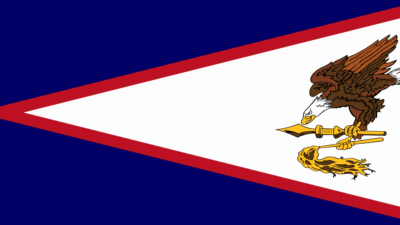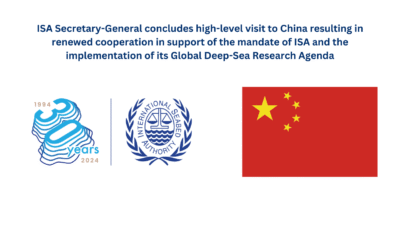India plans to apply for deep-sea mineral exploration licenses in the Pacific Ocean as it seeks to secure critical minerals vital to its clean energy transition. The Ministry of Earth Sciences will coordinate the application effort, expected in 2026, focusing on the Clarion-Clipperton Zone (CCZ), a seabed region between Hawaii and Mexico rich in polymetallic nodules containing manganese, nickel, copper, and cobalt.
India already holds two UN-issued exploration licenses in the Indian Ocean but lacks operational seabed mining expertise. Government scientists estimate it will take at least three to four years before India is ready to begin extraction. The International Seabed Authority (ISA), the UN-backed body responsible for regulating seabed mining in international waters, has yet to finalize a mining code. Until then, only exploration—not commercial mining—is permitted.
India’s move comes amid heightened competition from countries like China, Russia, and several Pacific Island states that have already secured exploration rights in the Pacific. Although global momentum for deep-sea mining is building, environmental concerns persist. More than two dozen countries have called for a moratorium, while others, including Nauru and the Cook Islands, continue to support development.
In addition to the Pacific push, India expects two more ISA exploration permits for the Indian Ocean targeting polymetallic sulphide and ferromanganese crust deposits. These regions contain high-value metals such as copper, cobalt, rare earths, and platinum.
The initiative aligns with India’s broader strategy to reduce import reliance and secure domestic supply chains for 24 designated “critical minerals” essential for electric vehicles, solar panels, and other energy transition technologies.



